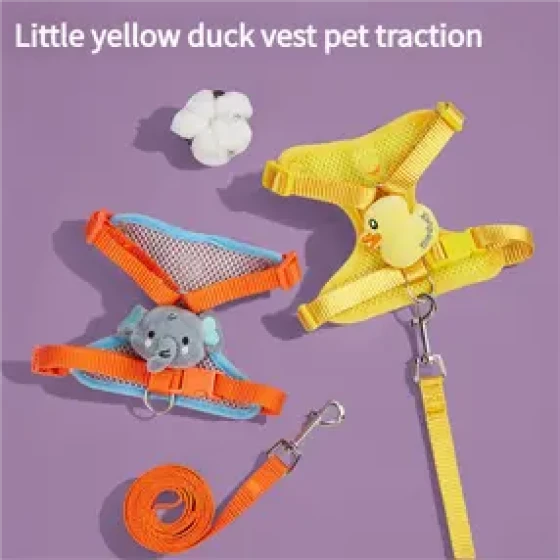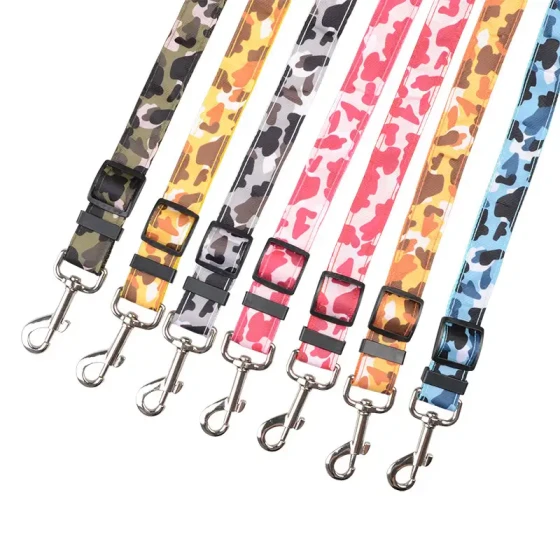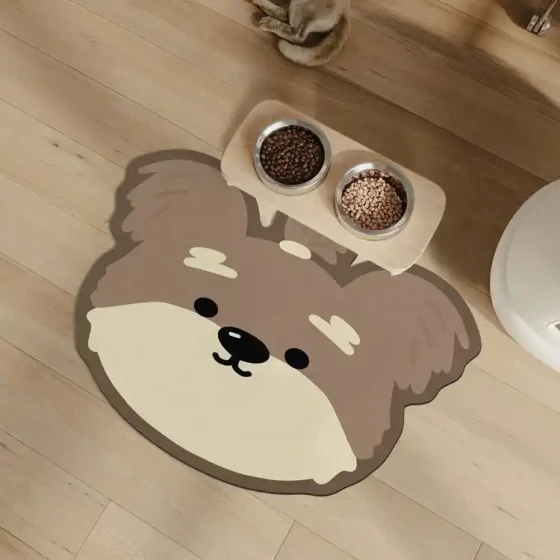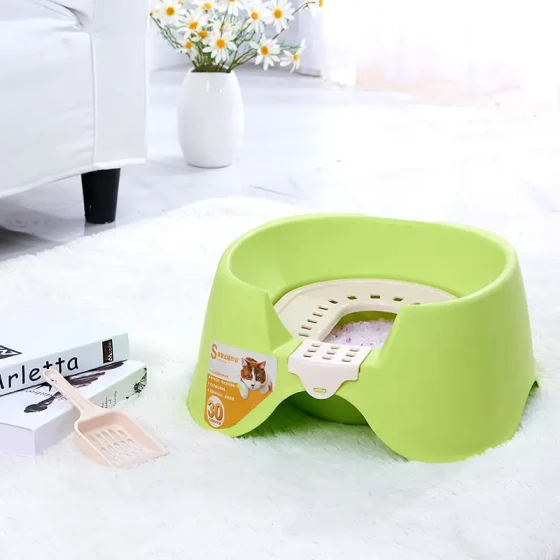What to Do If Your Cat Doesn’t Drink Water_Teach You 3 Tricks
As a seasoned cat owner, having wandered through the world for many years, I have long seen through the little quirks deep in the bones of those seemingly aloof “masters.” Among them, the most head-scratching is undoubtedly their perfunctory attitude towards “drinking water.” You diligently change the water and wash the bowl, but they’d rather lick water droplets on the bathroom floor or secretly drink from your cup under your nose, as if the bowl contains some terrifying monster. Don’t doubt it—it’s not that your cat is deliberately “acting up.” To a large extent, this is their nature engraved in their genes, coupled with some details you may have overlooked.
So, how can you elegantly yet effectively entice (strike through) guide your cat to drink more water and stay away from hidden risks like urinary system and kidney diseases? Actually, the principle is unchanging, ultimately focusing on one core idea: make drinking water more in line with the cat’s “cat setting” and preferences. To put it plainly, you need to serve the water presentation and service like catering to royalty.
To conclude first, the core idea to make cats love drinking water is: cater to their preferences, eliminate concerns, and turn passivity into initiative. Specifically, you can focus on three key directions: the form of water source, the location of the water source, and “adding some flavor” to the water. By paying more attention to these points, your “water-hating” master may secretly become a “water bucket” cat.
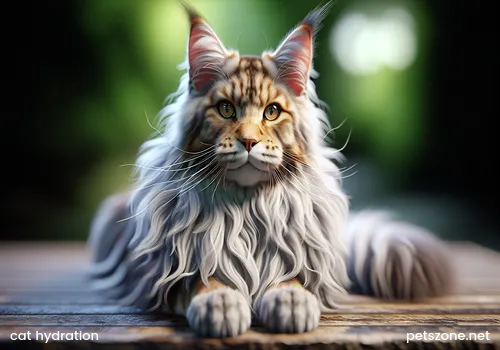
Why Are Cats So “Zen” About Drinking Water? An In-depth Analysis of Their Ingrained Nature
Before giving specific “tricks,” we need to understand the root of the problem. Why are cats naturally not inclined to drink water? It starts with their ancestors, the wildcats living on the edge of deserts. In dry environments where water is scarce, their primary way of hydration was through preying on animals (such as mice and small birds). The water content in a small prey animal is enough to meet most of their needs. Through long evolution, cats developed the ability to concentrate urine efficiently to retain water to the maximum extent.
However, modern house cats’ diets mostly consist of dry food, which contains only about 10% water, while wild prey generally contains 70-75% water. This huge difference means house cats cannot rely solely on their food for sufficient water intake and must supplement by drinking. But the problem is their “not thirsty” gene hasn’t changed completely, so they naturally have low initiative to drink water. Long-term insufficient water intake can cause constipation at best and increase risks of urinary stones, cystitis, and even kidney diseases at worst. Indeed, kidney disease is one of the top killers of many older cats, related to insufficient hydration in their younger years.
Additionally, cats have high standards for water. Unlike dogs, they cannot accept just any water. Dirty water, improperly placed water bowls, or stagnant water can all make them shy away. Understanding these helps us prescribe the right treatment.
Three Tricks to Unlock Your Cat’s “Water Drinking Switch”
Alright, no suspense, straight to the point. Since we know why cats dislike drinking water, we can start by changing the drinking environment and methods. Below are three core tricks validated by countless cat owners:
Trick 1: Create a “Flowing Feast”—Introduce Running Water
Cats naturally prefer flowing, moving water sources. This might originate from their ancestors’ experience that flowing streams are less likely to be contaminated than stagnant pools and are safer. Have you noticed sometimes when you turn on the tap, your cat immediately runs over and stretches its neck to lick? That’s the charm of running water.
- Practical plan: The most direct and effective approach is to buy a pet water fountain. There are various types on the market, mimicking springs or waterfalls. Choose a material that is safe (ceramic or stainless steel is better than plastic, to avoid odors and bacteria), quiet, and easy to clean. When introducing a water fountain for the first time, your cat may need some time to adjust; you can keep the original water bowl simultaneously.
- Advanced tip: If budget is tight or your cat truly rejects water fountains, you can try putting a clean ping-pong ball or small toy into the water bowl to create slight ripples or occasionally run a small trickle of water to attract their attention. But be aware that tap water may contain chlorine—preferably use settled or filtered water.
Trick 2: Spread Out Multiple Water Sources Strategically
Imagine if you were thirsty but there was only one water dispenser at home, and the location was awkward (like the bathroom door or noisy near the washing machine), you probably wouldn’t be eager to drink either. Cats feel the same. They like to drink water where they feel safe and comfortable and want convenient access anytime.
- Practical plan: Place several water bowls around the house in different areas. For example, near your cat’s sleeping spots, frequently active areas, or your work area. That way, wherever they roam, they can easily find water.
- Location matters: A very important point is not to place the water bowl right next to the food bowl. In the wild, cats would eat their prey far from water sources to avoid contaminating water. This habit still influences them subconsciously—they believe “food and water should be separated.” Also, avoid placing water bowls near the litter box, as you know, nobody wants to drink water next to a toilet. Choose quiet spots where people or other pets won’t disturb them easily.
- Container diversity: Cats have preferences for the material, shape, and depth of water bowls. Some like wide shallow bowls so their sensitive whiskers don’t touch the edges when drinking; some prefer goblets; some favor ceramic or stainless steel over plastic because plastic can have odors. Prepare several kinds of bowls and let your master “choose” their favorite.
- Keep it fresh and clean: Change water at least once daily and clean the bowls. Cats have a sensitive sense of taste and smell; water with odors or floating hairs will make them refuse to drink.
Trick 3: Hydration Through Food—Make Mealtime More “Watery”
Since cats naturally get water from their food, why not leverage that and work on their diet?
- Practical plan: The most effective way is to increase the proportion of wet food (main canned food or wet pouches) in their diet, or even switch entirely to wet food. Wet food contains as much as 75-80% water, significantly increasing their water intake. If your cat accepts dry food, you can try mixing a small amount of warm water into dry food to soften it. Start with a small amount to ease them into the texture.
- “Flavored water” temptation: Some cats are uninterested in plain water but like flavored water. You can try adding a small amount of broths made from boiled chicken breast or fish (note: must be salt-free and free of any seasoning—avoid onions, garlic, or anything toxic to cats), or a few drops of water from tuna cans (choose water-packed, no oil and salt). There are also pet-specific drinking water stimulants or lactose-free goat milk that can be added sparingly. However, these “flavored waters” should not replace clean fresh water; always provide a bowl of pure water for free choice. Flavored water breeds bacteria more easily and needs frequent changing.
- The fun of ice cubes: Put a few ice cubes in the water bowl. Ice keeps the water cool and fresh, and floating ice cubes may arouse your cat’s curiosity, increasing their interest in pawing and licking water.
Some Details and Advanced Thoughts to Keep in Mind
- Patience is key: Cats are famously “stubborn” and “slow to warm up.” New water bowls, fountains, or drinking locations take time to get used to. Don’t force it—be patient, try different methods, and watch what your cat prefers.
- Feed small frequent meals: Studies show cats tend to drink more after eating. Increasing feeding frequency—dividing daily food amount into several meals—may indirectly increase their drinking opportunities.
- Monitor water intake: Knowing how much your cat should drink is important. A simple formula is: body weight (kg) x 50-70 ml = daily total water requirement (cc). If feeding wet food, subtract the water content supplied by food (wet food usually 75-80%, dry food about 10%). Observing litter clump size and frequency is also an important indicator of sufficient drinking. Healthy cats normally urinate 2-3 times daily, with pale yellow clumps.
- Watch for health signals: If your cat suddenly drinks very little, or shows lethargy, loss of appetite, significantly reduced urination, difficulty urinating, or blood in urine, this may not be just “disliking water” but a health issue (such as oral problems or urinary tract infection). In such cases, please take them to the vet promptly.
In summary, helping your cat drink more water is a systematic task requiring wisdom, patience, and careful observation. Understand their nature, offer diverse options, and always monitor their health. You can surely help your “little ancestor” develop a good drinking habit and accompany you healthily for longer. After all, in the cat’s world, making them comfortable is the ultimate truth.
